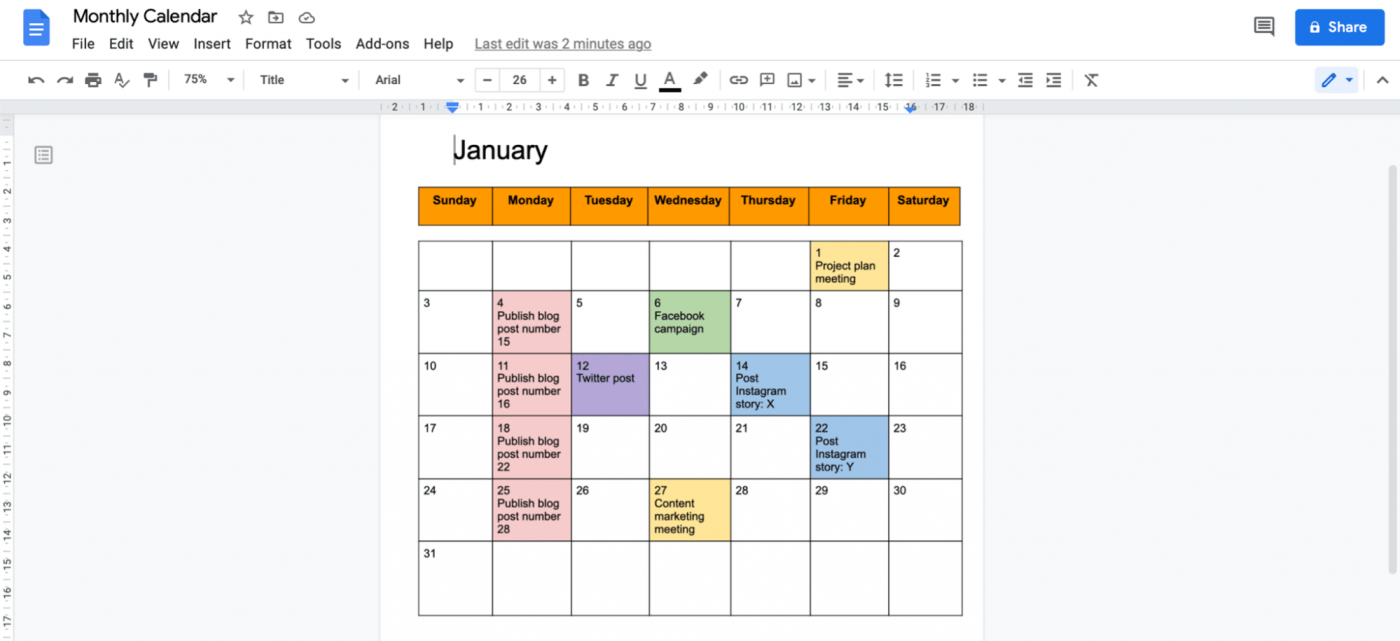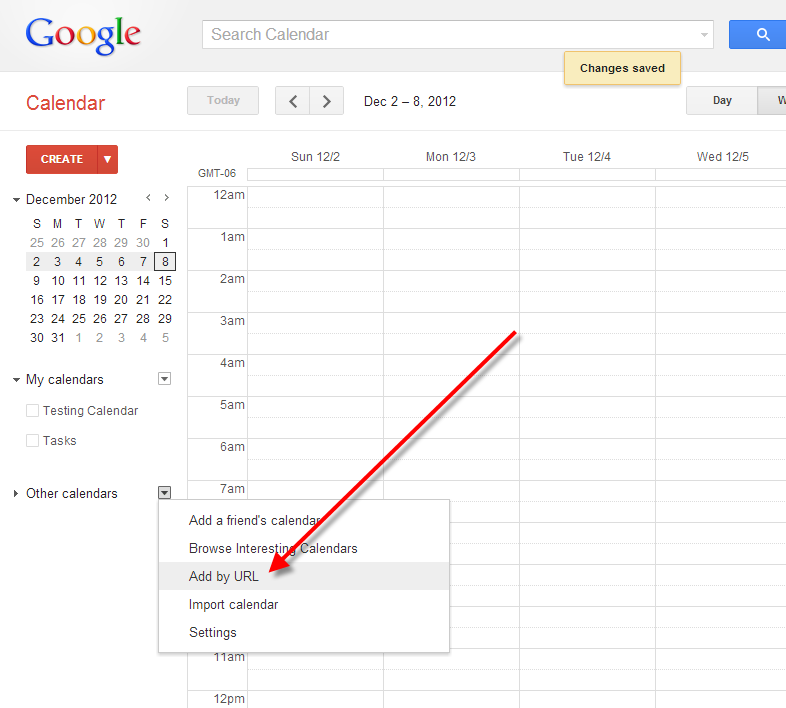May 2025 Calendar Into Google Sheets
Importing and Utilizing a May 2025 Calendar in Google Sheets: A Comprehensive Guide
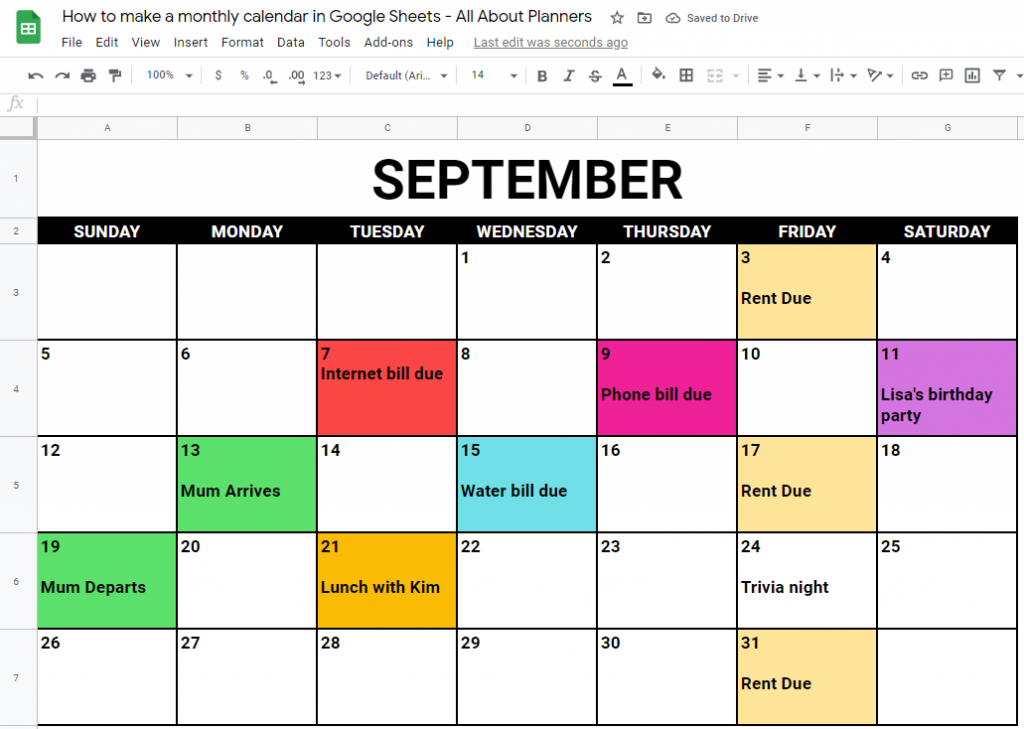
Google Sheets, a powerful and versatile spreadsheet application, offers numerous possibilities beyond basic accounting. One often-overlooked feature is its ability to integrate and leverage calendar data, enhancing productivity and streamlining various tasks. This article will delve into the process of importing a May 2025 calendar into Google Sheets, exploring different methods and showcasing practical applications for this seemingly simple yet surprisingly potent function.
Methods for Importing a May 2025 Calendar:
There isn’t a direct "import calendar" function within Google Sheets. Instead, we must employ indirect methods, primarily focusing on data manipulation and formatting. The optimal approach depends on the source of your May 2025 calendar data.
1. Manual Entry:
The most straightforward, albeit time-consuming, method is manual entry. You can create a simple calendar by typing the dates and days of the week directly into your Google Sheet.
- Step 1: Setup: Create a new Google Sheet. In the first row, enter the days of the week (Monday, Tuesday, Wednesday, Thursday, Friday, Saturday, Sunday).
- Step 2: Dates: In the second row, begin entering the dates for May 2025, starting with the first day of the week (which was a Thursday in 2025). Continue entering dates until you reach the end of the month.
- Step 3: Formatting: Apply formatting to enhance readability. Consider using bold for the days of the week, changing cell colors for weekends, and potentially aligning the dates within their cells.
While simple, this method is prone to errors and is inefficient for larger calendars or repeated tasks. It’s best suited for small, one-off calendars.
2. Using Google Calendar Integration (Indirect):
Google Sheets doesn’t directly import Google Calendar events. However, we can leverage the Google Calendar API (Application Programming Interface) indirectly through Google Apps Script. This requires some programming knowledge, but it offers a dynamic and powerful solution. This approach pulls event data, not the calendar grid itself.
- Step 1: Enable the Google Calendar API: This needs to be done in the Google Cloud Platform console. You’ll need to create a project and enable the Calendar API for that project.
- Step 2: Write a Google Apps Script: This script will fetch events from your Google Calendar for May 2025. The script will need to specify the calendar ID and the date range. The output will be a list of events with their start and end times. This data can then be incorporated into your Google Sheet.
- Step 3: Integrate with Google Sheet: The script will need to write the extracted event data into your Google Sheet. This might involve creating new columns for event titles, start times, and end times.
This method is ideal for dynamic calendars where events are frequently updated. The data is live, reflecting any changes in your Google Calendar. However, it requires programming skills.
3. Importing from External Sources (CSV or TXT):
If you have a May 2025 calendar in CSV (Comma Separated Values) or TXT (Text) format, you can easily import it into Google Sheets.
- Step 1: Obtain the Calendar Data: Find a website or application that provides a downloadable May 2025 calendar in CSV or TXT format. Many online calendar generators offer this functionality.
- Step 2: Import into Google Sheets: In Google Sheets, go to "File" > "Import." Choose the file type (CSV or TXT) and select your downloaded calendar file.
- Step 3: Data Cleaning and Formatting: The imported data may require cleaning and formatting. This might involve removing unnecessary characters, adjusting column widths, and applying appropriate formatting to enhance readability.
This method is efficient and avoids manual entry, but it relies on finding a suitable external source. The accuracy depends on the quality of the external calendar data.
4. Creating the Calendar from Scratch using Formulas:
This advanced method uses Google Sheets formulas to generate the calendar dynamically. It requires understanding of date functions and formula manipulation.
-
Step 1: Determine the First Day: Use the
DATEfunction to get the date of the first day of May 2025 (e.g.,=DATE(2025,5,1)). -
Step 2: Determine the Day of the Week: Use the
WEEKDAYfunction to determine the day of the week for the first day (e.g.,=WEEKDAY(DATE(2025,5,1))). -
Step 3: Generate Dates: Use a combination of
DATE,WEEKDAY, and other functions to generate the remaining dates for the month. This often involves nested formulas and array formulas for efficiency. - Step 4: Display the Calendar: Use conditional formatting to highlight weekends and potentially integrate with other data for event scheduling.
This method provides a highly customizable and dynamic calendar, but it requires significant knowledge of Google Sheets formulas.
Practical Applications of a May 2025 Calendar in Google Sheets:
Once you have your May 2025 calendar in Google Sheets, its applications are vast:
- Event Planning: Add columns for events, appointments, deadlines, or tasks. Color-coding can further enhance visual organization.
- Project Management: Track project milestones and deadlines against the calendar.
- Expense Tracking: Link expenses to specific dates for budgeting and financial analysis.
- Shift Scheduling: Create employee schedules, visualizing work shifts against the calendar.
- Data Analysis: Analyze data based on specific dates within the month. For example, track sales figures or website traffic for each day.
- Report Generation: The calendar can serve as a basis for creating visually appealing reports summarizing monthly activities.
- Integration with other tools: Connect the calendar data with other tools and applications through APIs or data exports for enhanced workflow.
Conclusion:
Integrating a May 2025 calendar into Google Sheets offers a powerful tool for organization and data management. While manual entry is the simplest option, leveraging external sources, Google Apps Script, or advanced formulas provides more efficient and dynamic solutions. The choice of method depends on your technical skills and the specific requirements of your task. Regardless of the chosen approach, the resulting calendar enhances the capabilities of Google Sheets, transforming it from a simple spreadsheet into a versatile productivity hub. Remember to always back up your work and consider the implications of data privacy when dealing with sensitive information within your spreadsheet.

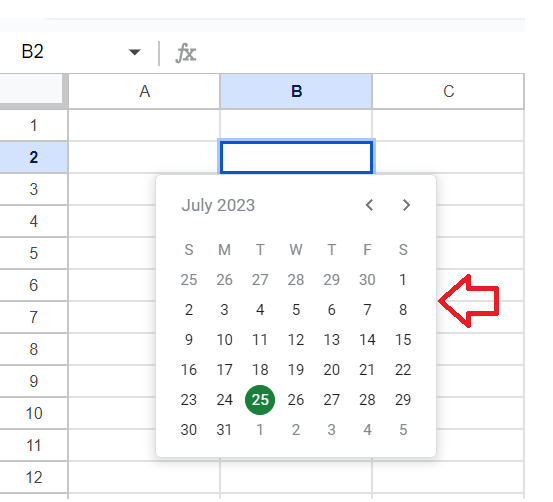

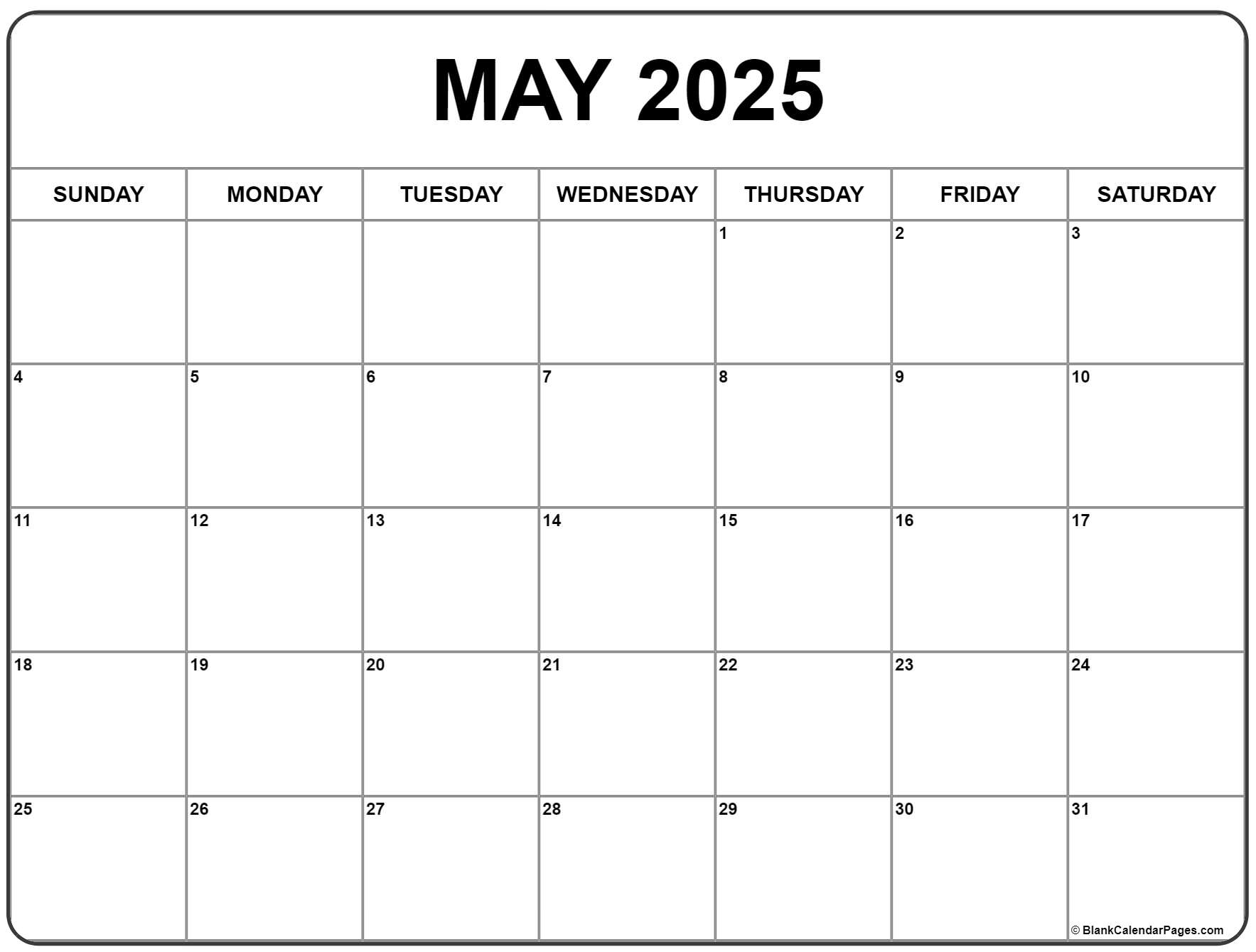
/google-docs-calendar-template-f329689898f84fa2973981b73837fc11.png)
